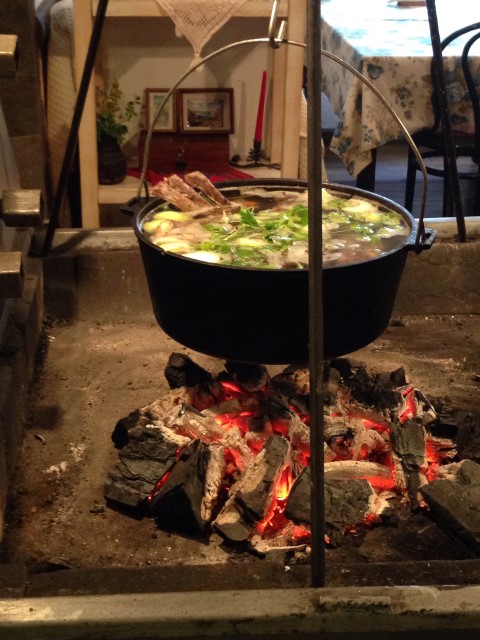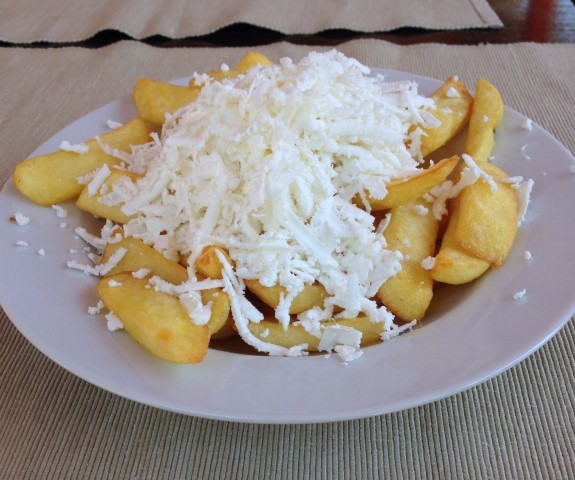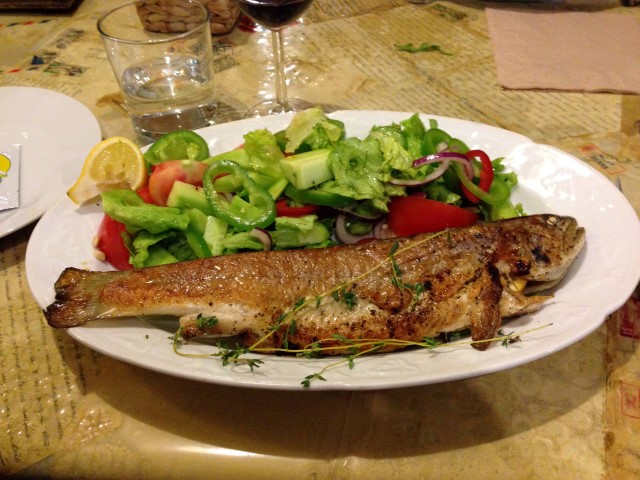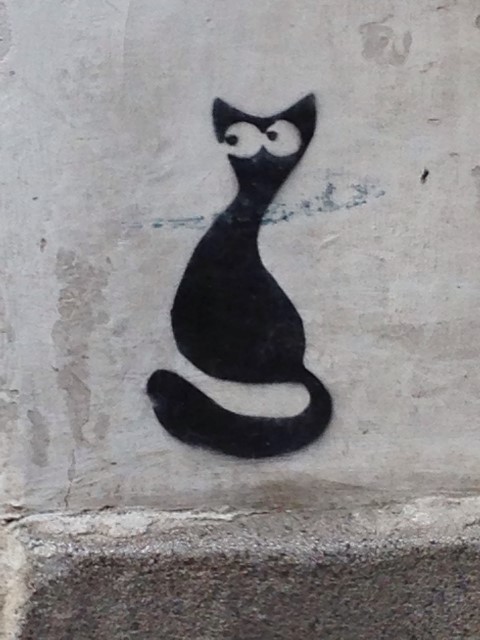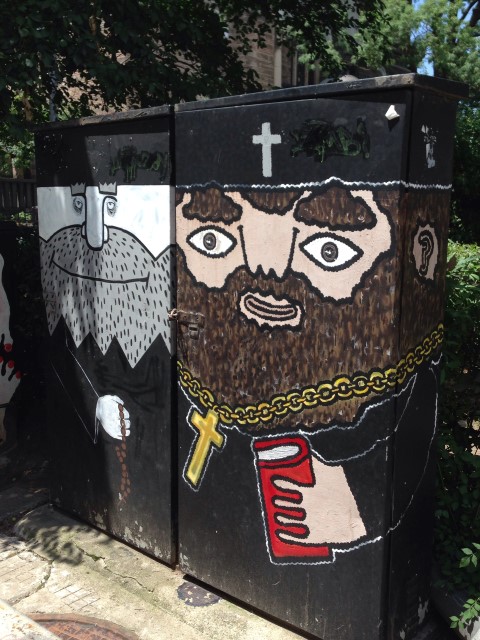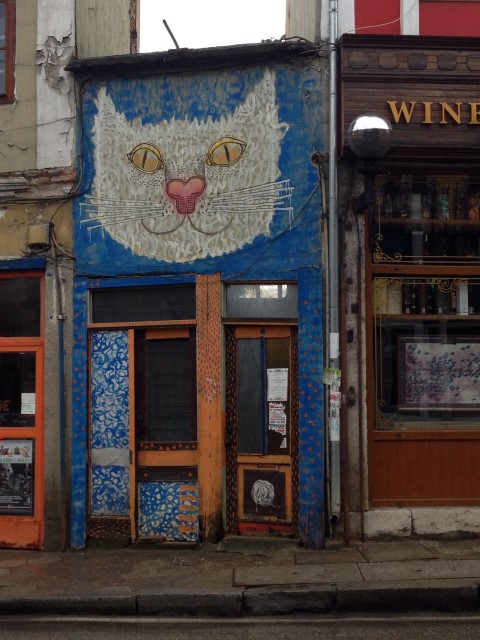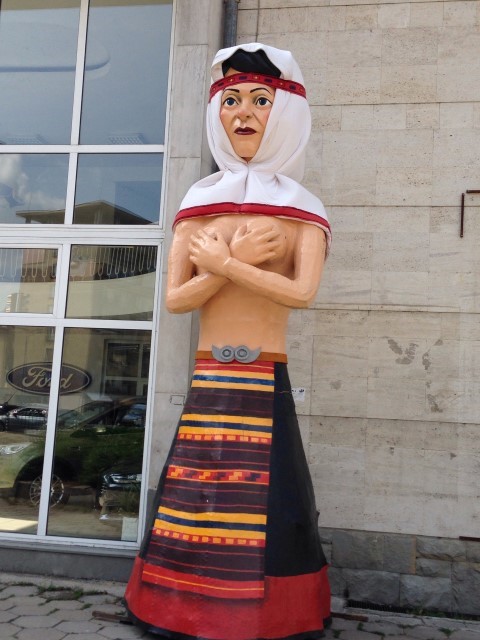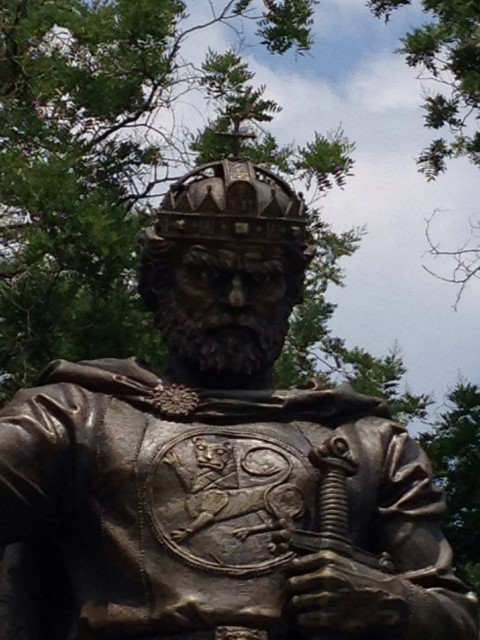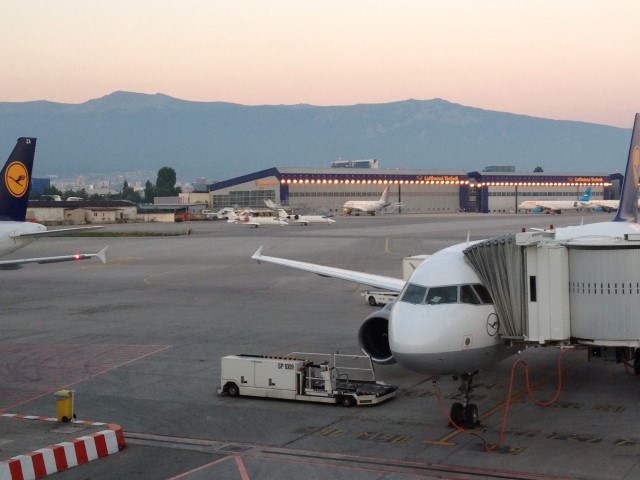Kindness, compassion and courage: telling stories for character education
/Since I came home from the Fulbright in Bulgaria in July, I've been quietly working on some of the stories I found there. There's one in particular that I've told in schools that has pushed me in a new direction. It's a story that every Bulgarian child knows, one I call Grandmother Bear and the hurtful words. Directly translated it is Grandmother Bear and the bad word, (Баба Меца и лошата дума) but when I introduced it that way, the students were puzzled, as there were no curse words in the story.
This is a story of a man inadvertently hurting his good friend by speaking thoughtlessly. It's not a subtle story but one that hits hard. I've never liked stories with blunt lessons. Too preachy. When I first found this story, in fact, I passed it by. As I searched for stories, I kept on encountering different versions of this story and finally thought, "Hmm, maybe there's something here, maybe I'll try it out."
I've been telling it to students from second to sixth grade since September. Each time, I've discussed it afterwards with the kids. I ask them what they think of it, how it made them feel and what they might have done in the man's place. I also let them know that they have permission not to like all the stories I tell. Because it's such a serious story and maybe because the students are used to funny stories from me, the listeners seem to welcome the chance to talk about it, to reflect upon it. Generally they like it—and teachers have been overwhelmingly in favor of the story. In one fourth-grade group, as I was leaving, the teacher asked the students to pair up and talk to each other about the story.
This has led me to create a new program for kindergarten through sixth grade called Kindness, compassion and courage: telling stories for character education. In it, I tell stories that highlight character traits. We reflect and discuss these traits after each story. I've just finished the accompanying study guide.
This is a shift for me. I've always believed that the stories should be strong enough to stand on their own, without my interference in the listeners' interpretations. In order not to be preachy or overly didactic, I must have a light touch with the stories and the follow-up. In this program, my goal is not to impose my ideas but to approach the students with genuine curiosity about their reactions and to stimulate thought and discussion. My hope is that they'll take the best from these stories to apply to their own experiences.
Let me know what you think!









